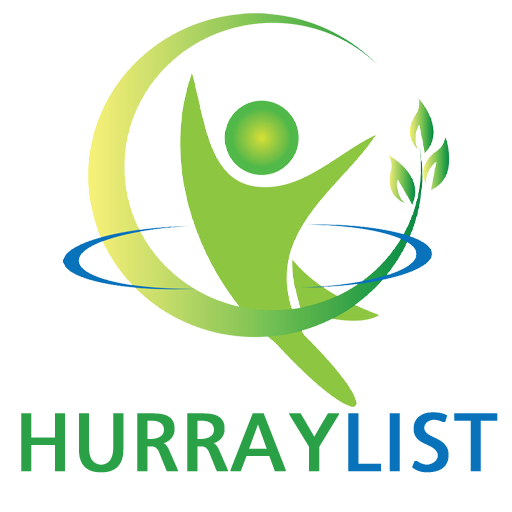The 1st 2 weeks of healing from ACL Reconstruction are a very sedentary duration – there is much rest, much sleep, much discomfort and more than likely quite a bit of discomfort. The beginning of physical treatment signals the very first true action (pun intended) to recovery – it is where you will re-train yourself to walk on your repaired knee and where you will work to get your hurt leg in a pre-surgery state. Even though your leg has actually just been stable for 14 days – possibly less – you will most likely have at least some atrophy in the fixed knee that will require to be treated via physical therapy.
The start of treatment will be interesting, sometimes grueling and rather possibly frightening to enter into. However, with a commitment and commitment to the mandate that you will assist yourself heal, you will quickly be back to your active lifestyle, even more powerful than you were prior to surgery.
As you will enter your very first therapy sessions, keep the following points in mind:
You require to trust yourself. You are quickly going to be asking your freshly fixed leg to do things that it hasn’t done in a couple of weeks – lifting, some flexing, some kneecap exercises and perhaps even a little bit on a stationary bike.
2. You need to trust your physical therapist. They are going to be asking you to do the activities listed above along with some others. You may think that they are insane to ask you to do such activities. Nevertheless, remember – they are expertly informed to help you recover, and they know what you require to do to have an effective recovery. Likewise – they might very well have some other ACL reconstruction clients in their existing work. Take a look around your therapy room as you are doing your work – odds are you are going to see some other patients who are in If you have young children, prepare them for the fact that you are going to be stable for a period of time and that they can not rough-house around you while you are recuperating. You will quickly be doing a few of the advanced workouts that they are doing.
3. Concentrate on your form while you perform your exercises, and guarantee that you follow the instructions of your therapist. 사랑가득한밤 Subtle changes to your type or a lack of concentration can greatly reduce the efficiency of a specific regimen.
4. Ensure to ice and elevate your knee. Similar to in the first 2 weeks, it will be important that you have a good routine of icing and elevating, particularly after therapy sessions.
5. Don’t push yourself too hard. You may be tempted to overachieve, however it will be crucial that you listen to your therapist regarding what you ought to and should not do.
6. Make sure to take your prescribed medications and over-the-counter medications as required and as instructed. By taking the correct medication, you will continue to allow yourself to heal, will help maximize your convenience (and minimize your pain) and will allow you to go through physical therapy with a minimized level of discomfort.
Do your home workouts in between therapy sessions as instructed by your physical therapist. You will mainly be attempting to restore your flexibility and range of motion in the first month of treatment, and your house workouts will considerably contribute to a complete recovery.
Determine the difference in between excellent discomfort and bad discomfort. Make sure to keep your therapist abreast of any pains that feel stronger, more intense or sharper than anticipated.
9. Similar to your post-op period, ask your physician if a stool conditioner would be appropriate for you. Some of the medications that are prescribed to reduce pain and swelling may trigger constipation, and a stool conditioner will help combat this possibility.
10. Continue keeping your fluid consumption.
Once you advance in your stretching and range-of-motion workout, you will have the ability to move onto the next phase of therapy – strengthening.
The details in this short article is for instructional functions just and does not make up medical advice or medical services. Contact your medical professional without delay if you presume or have that you have a medical issue.
The beginning of physical treatment signals the very first real step (pun intended) to healing – it is where you will re-train yourself to stroll on your fixed knee and where you will work to get your hurt leg in a pre-surgery state. Even though your leg has actually only been stable for 14 days – possibly less – you will most likely have at least some atrophy in the fixed knee that will need to be remedied by means of physical treatment.
Take a look around your treatment room as you are doing your work – odds are you are going to see some other patients who are in If you have young children, prepare them for the truth that you are going to be stable for a duration of time and that they can not rough-house around you while you are recuperating. 광주op By taking the correct medication, you will continue to allow yourself to recover, will help maximize your comfort (and lessen your pain) and will enable you to go through physical treatment with a minimized level of pain.
Do your home exercises between treatment sessions as instructed by your physical therapist.
